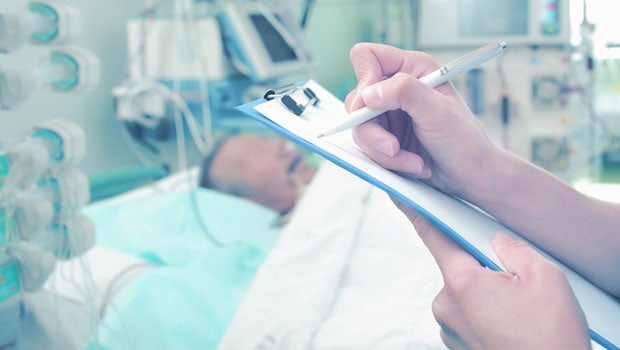
More than just quashing errors, patient safety is about eliminating preventable harm and learning from mistakes to prevent future incidents.
The machine was running. The patient was prepped. At the push of a button, the radiologist started the CT scan. Minutes later, the image was up. Everything looked clear.
Except, there was one problem – it was the wrong patient who was being scanned. Upon discovering the error, the radiologists quickly scheduled the right patient for scanning just a few hours after.
No matter how vigilant we are, such mistakes are bound to happen, according to Dr Ho Le Onn, Assistant Director at SGH Medical Board, who oversees clinical governance.
“In the complex landscape of healthcare today, it is a bit of a stretch to be completely error-free,” he said.
“We operate in a setting that is based predominantly on human interaction, and one which has multitudinous variables. In addition, we are compelled to keep up with, the constant barrage of new technologies and new modalities of care. Any change brings with it inherent potential for error.”
In clinical practice, one error resulting in patient harm is one too many. However, making “mistakes” in research and education through a continuous process of trial and error leads to constant improvements and at times, even astounding breakthroughs. The story of how penicillin was discovered comes to mind. What does this mean for an Academic Medical Centre like ours?

“The greatest shame in the event of a mistake is failure to learn from it.”
- Dr Ho Le Onn, Assistant Director, Medical Board, SGH
“This does not mean that we condone errors and take them lightly.. Instead, it means we need to design healthcare systems that are robust enough to handle human error without allowing harm to ever reach the patient. More importantly, we need to build a culture that is relentless about learning from every mistake.”
“The greatest shame in the event of a mistake is failure to learn from it,” explained Dr Ho.
An investigation into the CT scan example revealed the existence of a complex patient verification process, with unnecessary steps that tended to confuse, especially during busy clinic sessions. This resulted in shortcuts and inconsistencies in practice. Protocols were then streamlined and such mix-ups have since been avoided.
Outwardly, it appears that no real harm was done. In reality, there was a risk to the patient who missed his scan, which might have led to a delay in his diagnosis and treatment.
The uncompromising focus on patient safety has definitely paid off as staff gain a better appreciation of how work processes impact patient safety. By looking deep into what appears to be an innocent mistake often reveals a more complex issue. On campus, senior leaders and patient safety champions regularly walk the ground to review cases and reinforce its importance. When an adverse incident report is lodged, the Patient Safety team reviews it and speak to the staff involved to obtain insights for improvement.
Such discussions may be discomforting to those involved, but are necessary. “In the investigations, we are more interested in areas for improvement than fault-finding,” explained Dr Ho. “The person(s) involved can give us a first-hand account of how the incident happened, as well as the challenges they face in the course of their work. It also provides them a platform to discuss the incident in a holistic way, draw learnings and achieve personal closure.”
“With these efforts, there may not be zero error, but we can definitely work towards zero harm.”
Dr Ho Le Onn moderated the symposium “Patient Safety and the Three Pillars of Academic Medicine” at the SingHealth Duke-NUS Scientific Congress 2016, 23-24 September 2016.













 Get it on Google Play
Get it on Google Play